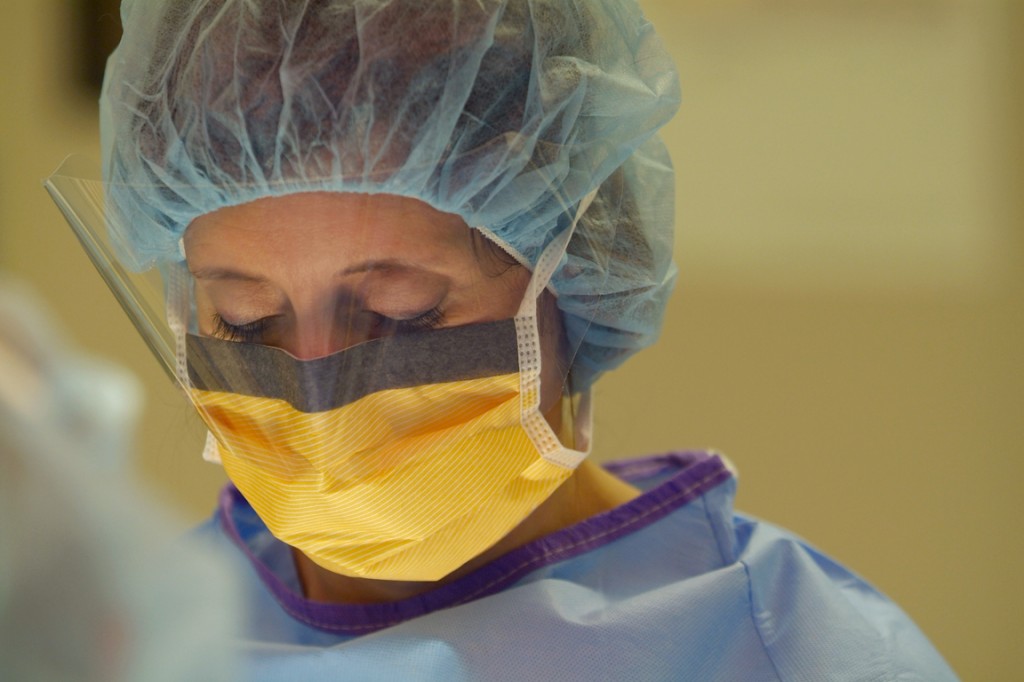What is Office Hysteroscopy?

Written by Gwenda C. Jonas, MD
Hysteroscopy has traditionally been performed in a hospital operating room (OR) under general anesthesia but is increasingly being performed in the office setting. It is performed in a procedure room with many of the same instruments used in a hospital OR.
Why?
Benefits of having a hysteroscopy in the office include the comfort of the office setting, the convenience of easier scheduling, less time away from work and family, and avoidance of general anesthesia. You may even watch the procedure on a video screen if desired. It often is more cost-effective as well, requiring only an office co-pay with many insurances.
When?
It should not be performed while actively bleeding or during pregnancy. The best time to have an office hysteroscopy is right after a period ends. If bleeding is irregular, birth control pills or oral progesterone may be needed to organize bleeding to allow for a timed hysteroscopy.
Who?
Appropriate patient selection is very important as not everyone is a good candidate for office surgery. Patients for whom hysteroscopy is better performed in the OR include those with known cervical scarring or an unusually twisted cervical canal, severe anxiety or a tendency to faint during procedures, a failed office procedure in the past, known or suspected endometrial cancer, severe heart disease, or sleep apnea. In addition, unusually large or deep masses of the uterus may be more successfully addressed in the OR.
Recovery
Discomfort during hysteroscopy is generally minimal and managed with oral anti-inflammatory medication plus or minus a relaxing medication taken before a patient arrives. A local anesthetic may be injected around the cervix, particularly for ablation. Occasionally, IV sedating medications may be used.
Discomfort afterward ranges most often from none to moderate cramping. In these instances, oral anti-inflammatory or pain medication may be used. Mild bleeding is common for several days and watery discharge may occur for several weeks. Patients undergoing office hysteroscopy will be asked to avoid intercourse, use of tampons or menstrual cups, and douching for several days. They should also have a responsible adult bring them and take them home from the procedure. Patients may return to work in 24-48 hrs.
Risks
Hysteroscopy is a very safe procedure and complications are rare. However, complications are always possible even when things go as planned. The most common risks include bleeding, pain, infection or puncture of the uterus, scarring of the vagina, cervix, or uterus, or inability to diagnose and treat the problem.
Is office hysteroscopy right for me?
If you have been told you need a hysteroscopy but desire to avoid a hospital OR procedure and/or general anesthesia, then an office hysteroscopy may be a great option for you. If you have not yet been evaluated but have heavy or long periods that have left you anemic, fatigued or kept you from participating in activities you enjoy, evaluation and treatment may drastically improve your quality of life. If you have bleeding after menopause or have been told you have intrauterine masses or scarring, you should be evaluated. If during evaluation, you are told you need surgery then ask your provider if an office hysteroscopy is an option.
Where?
At Kalispell Obstetrics and Gynecology, we believe that patient comfort and convenience should always be a priority. As office hysteroscopy has not been an option in the Flathead Valley for many years, we are again offering this procedure including endometrial ablation. If you would like to discuss your symptoms or determine if this procedure is right for you, please call us at 406-752-5252, to schedule an appointment.
This article appears in 406 Woman magazine.
